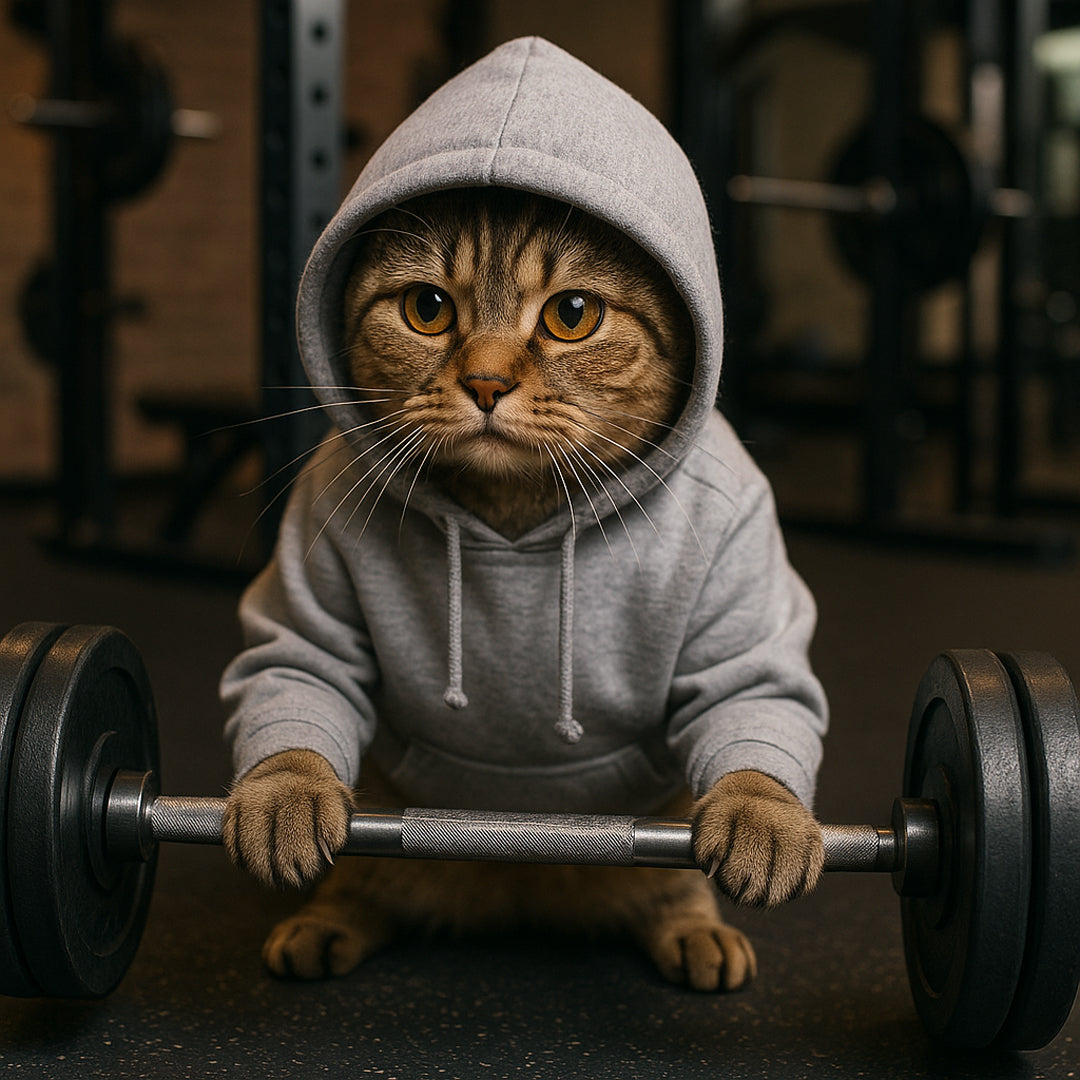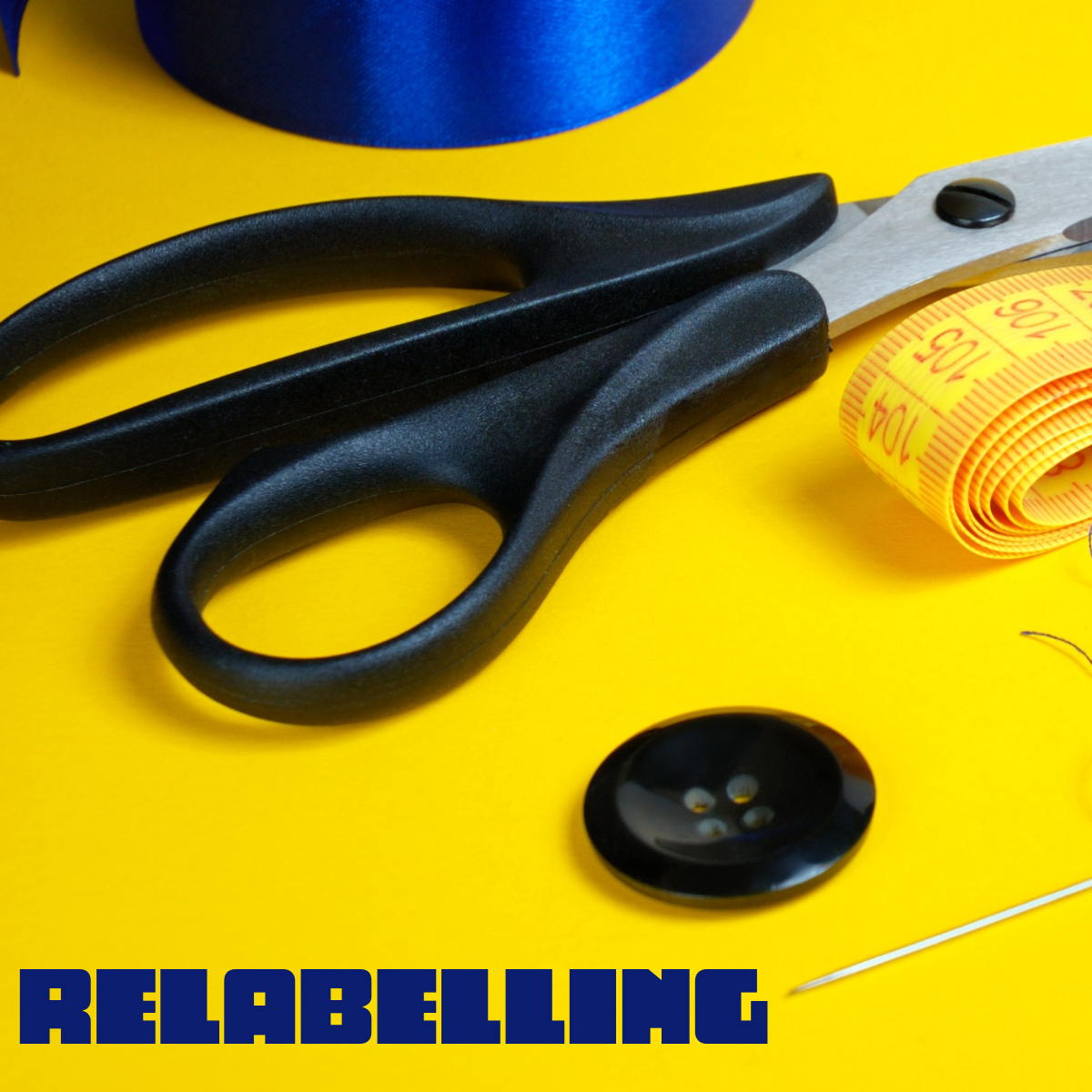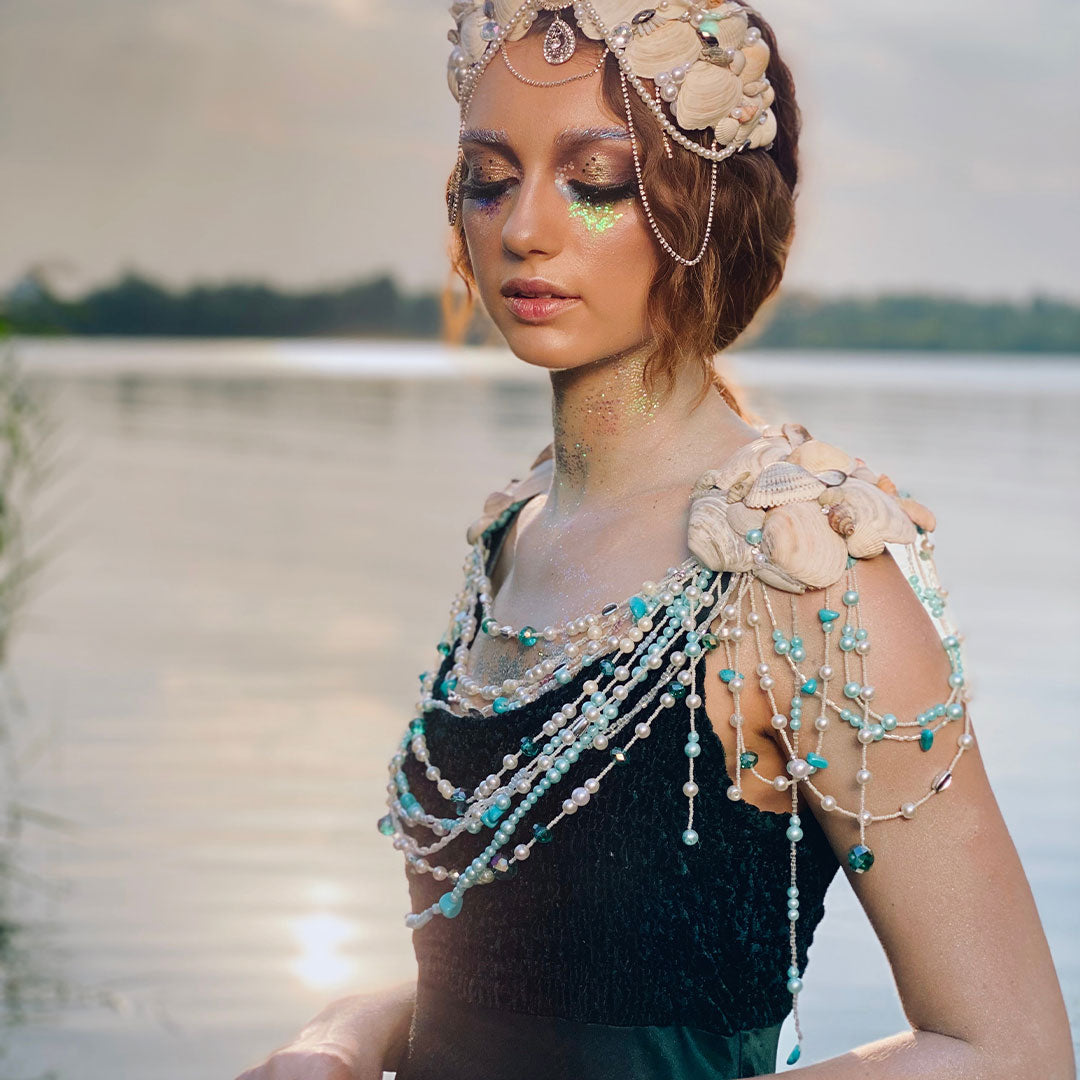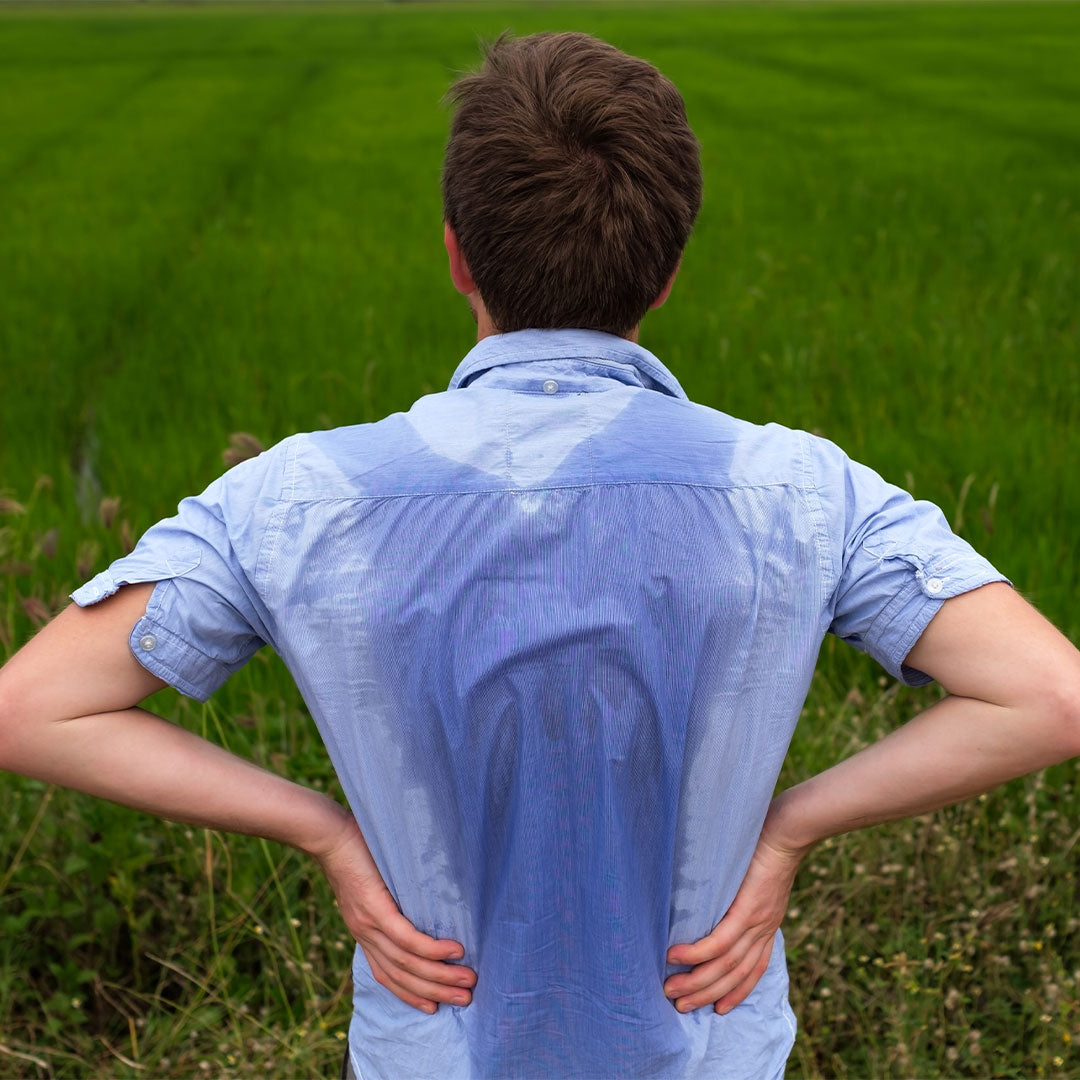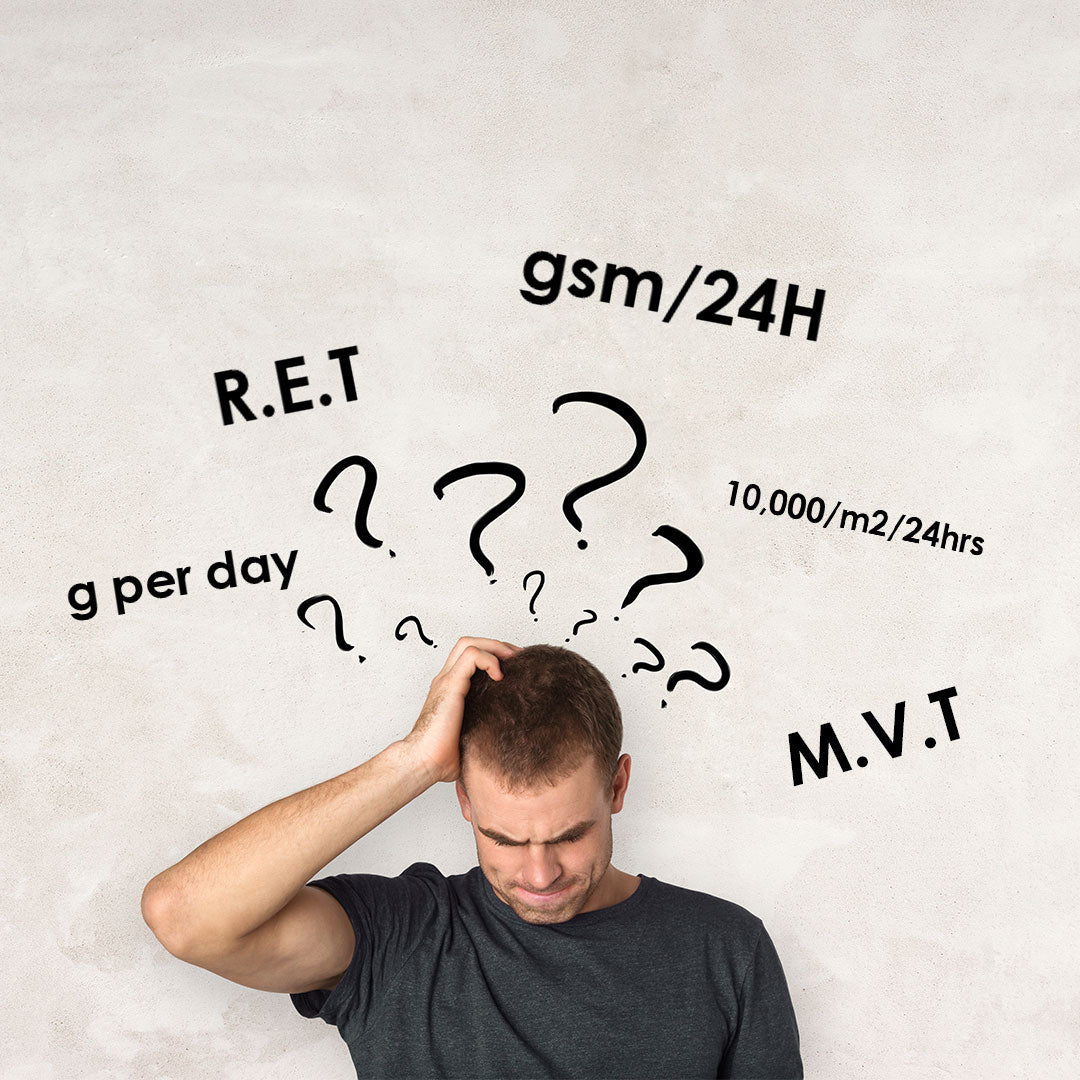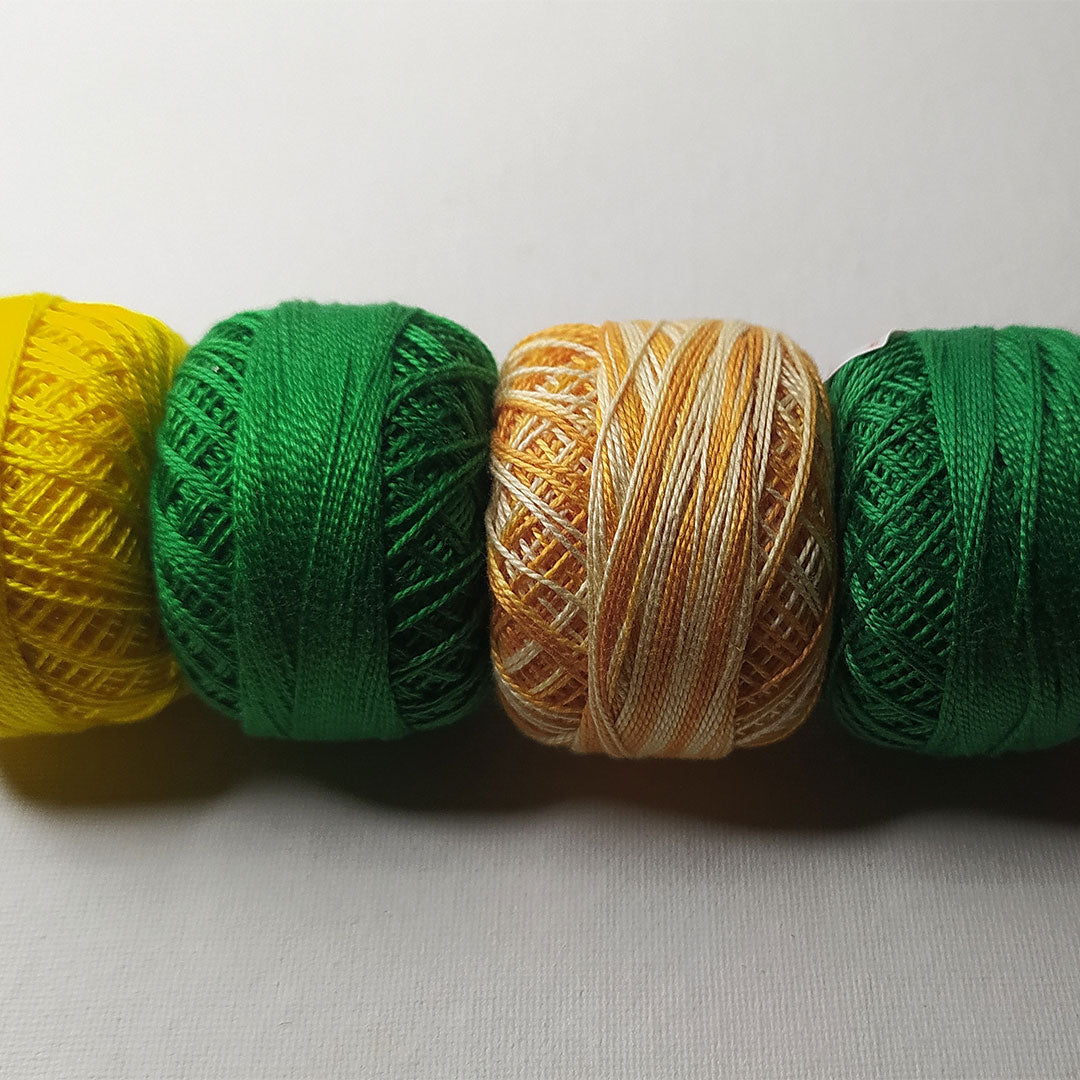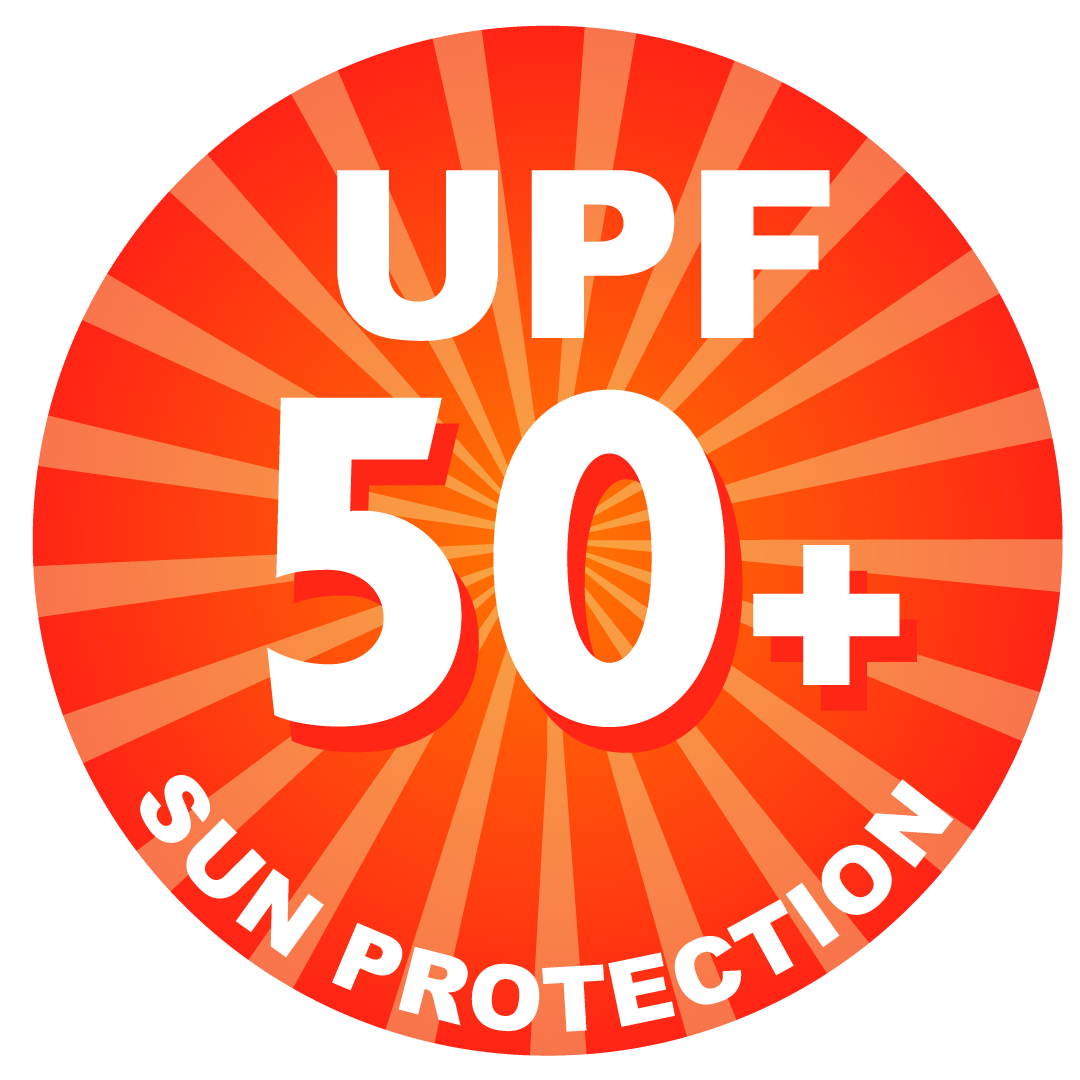
UPF Ratings Explained
The classification standard for UPF ratings in apparel was first introduced in Australia in 1996 & is managed by ARPANSA (Australian Radiation Protection & Nuclear Safety Agency). This standard sets the guidelines for manufacturers to communicate to consumers the sun protection properties of their product.
It is recommended by ARPANSA that sun protection be worn when the UV index is expected to reach 3 or higher. Most good weather apps will provide you with information on the UV index to help you plan your sun protection.
With Australia having one of the highest instances of skin cancers in the world, if you work outdoors paying attention to the UPF rating could be invaluable.
It’s worth noting that ratings of 50+ offer all day sun protection, even for people with light / fair skin.
Keep in mind that the garment only offers protection to those areas that it covers, so don’t forget sunscreen 🧴, a hat 👒 & sunglasses 🕶 for added sun protection.
Some interesting points to note if you work outdoors 🌳
- Gloves are only considered to offer protection from the sun if they cover the whole back of the hand & wrist
- Bucket, Broad Brimmed & Legionnaire hats are the only 3 headwear styles in the 2020 revisions to be accepted as “sun protective”. Caps & visors are excluded from the classification as they do not provide adequate sun protection.
In 2020 ARPANSA modified the ratings classifications into 3 easy to understand categories.
At this level only 1/15th of the suns rays will penetrate the fabric, therefore blocking 93.3% of the UVA / UVB rays.
At this level only 1/30th of the suns rays will penetrate the fabric, therefore blocking 96.7 % of the UVA / UVB rays.
What you wear & how you wear it plays a big part in
Sun Protection
You may not realise but the colour ⚪️ 🔴 ⚫️ of your clothing in addition to the fabric type & fit all play a part in the sun protection that it can offer.
- Dark colours ✅ provide better sun protection then white / light colours
- Thick fabrics & those with dense weaves like denim & canvas etc provide better protection than thin, loose weave fabrics such as linen or cheesecloth
- Loose fitting clothing offers a better level of protection compared to tight clothing. Tight clothing is often stretched in spots therefore offering less protection in those areas
- The exception being specifically designed “sun protective” garments. These types of garments generally look & feel more like activewear or swimwear, think “Rash Vest” 🏄♂️ as an example of a specific “Sun Protective” garment
If you're curious to know how UPF ratings differ from SPF ratings, click here to find out more.
Easy Explainers | Load Up On Learnings
- Choosing a selection results in a full page refresh.
Footer menu
House of Uniforms
Office & Showroom: (appointments essential)
4 Walter Street, Moorabbin 3189, Victoria, Australia
T: 03 95557797
E: info@houseofuniforms.com.au
Please contact us to make an appointment.
Want Deals & FREE Stuff?
Deals & Freebies
are for our amazing subscribers only.
_____________________________
Sorry there's NO Auto :
- free shipping coupons,
- 10% intro vouchers
- Or any other generic offers
Why Subscribe? Well, we love spoiling our subscribers, we're known to be very generous. So go ahead hit subscribe; You'll love being part of our exclusive group.
Don't want to Subscribe? That's totally fine. You can still shop with us, you just won't receive any special offers, deals or freebies.
Bulk Discounts are for everyone (subscribed or not).
© 2026, House of Uniforms Powered by Shopify
!


